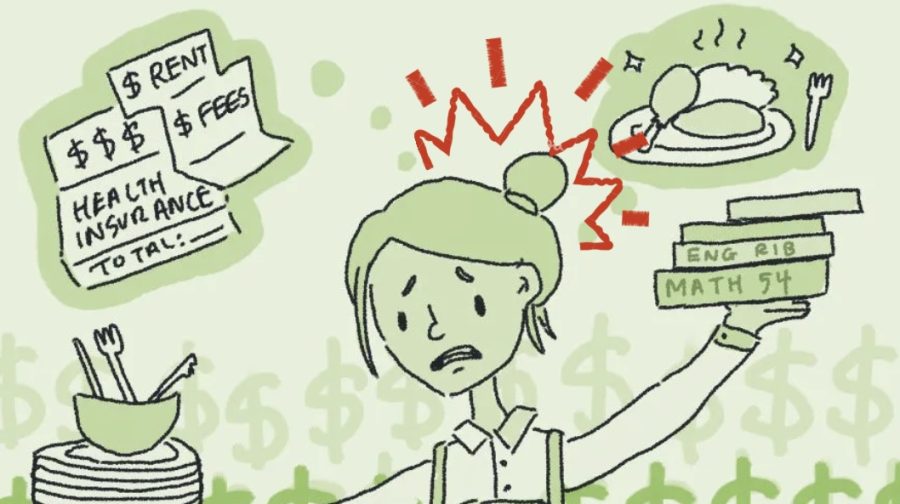It’s A Money Issue
February 2, 2023
Each year as tax season comes and goes, many face complications with understanding who and what their money is being used for.
In the state of Indiana, taxes are broken up and taken from many different purchases. The flat income tax rate is 3.15% of state adjusted gross income. Notorious sales tax counts for 7% of clothing and motor vehicles, but has been exempt from groceries and prescription. For property taxes, $752 is taken every $100 thousand. Other random taxes are taken on products such as cigarettes, tobacco, and other vapor or nicotine products, as well as wines and beers. A small portion of money is taken out of all purchases and therefore goes straight to the state governments.
In Indiana alone, around $20 billion is collected from taxes. That money is then dispersed into different categories such as education, health and human services, transportation, public safety, government, conservation, and economic development. Involving education, in 2022 60% ($11 million) of all taxes collected in Indiana were spent on education, funding for students, educators and more. With this large percentage of money given, the question still lingers as to why our education systems are failing.
Money plays a crucial role in the quality of our education. A large portion of funds going towards salaries, textbooks, supplies and facilities often leave students to fundraise themselves, specifically in terms of after-school clubs and sports. According to the SBCSC Recommended School Budget, from January 2022 to December 2022, the corporation dedicated well over $14 million in salaries for high school teachers alone. Still, educators being undervalued and underpaid leaves students, predominantly low-income, missing out on improved and well-rounded education. Though the majority of teachers in some way enjoy what they do and being around children, many are simply there for a paycheck. In starting school this year in August 2022, tons of new students arrived at Adams, leaving hallways packed and classrooms full. Luckily at Adams, students are able to receive free-reduced lunches as well as reduced fees on textbooks through application, funded by the National School Lunch Program and the Curricular Material Assistance.
According to the NPR Student District Spending map, the South Bend Community School Corporation(SBCSC) spends around $10,900 per student. In neighboring school districts like New Prairie and Penn Harris Madison, corporations spend around $7,100 to $8,400 per student. While never personally having problems with education, many students don’t have opportunities to test for special assistance or receive that assistance that they need in order to fully be successful. In circumstances like Adams, with 1,980 students enrolled, majority of which are in the building throughout the school year, many teachers are not able to offer time to tutor on the side or offer extra assistance after school hours. With a 20.9% poverty rate in South Bend, (equaling around 20,996 out of 100,245 people) families aren’t able to afford tutoring for one, let alone three or more kids.
Money plays a huge part in the quality of education from Pre-K to college. With the facing issues of higher costs and more students, this leaves our schools lacking well-rounded and equal education for all.



